Hearing
Recent articles
Touch sensors detect subtle environmental vibrations, send information to auditory midbrain
Pacinian corpuscles sense high-frequency vibrations from meters away and send the information to a different circuit than other touch signals, according to a pair of new studies.
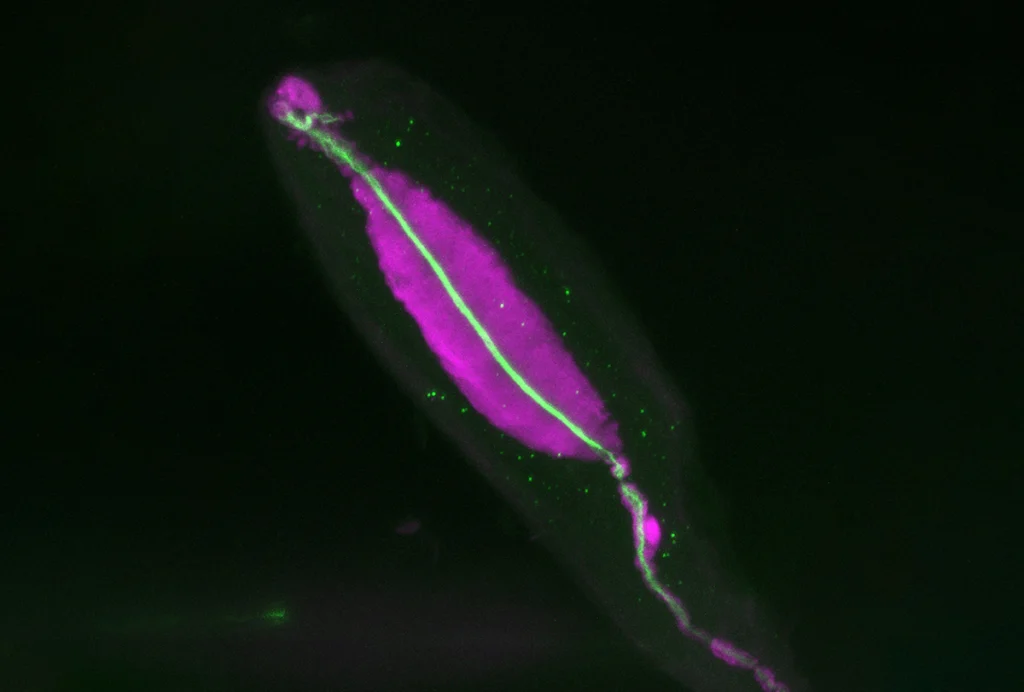
Touch sensors detect subtle environmental vibrations, send information to auditory midbrain
Pacinian corpuscles sense high-frequency vibrations from meters away and send the information to a different circuit than other touch signals, according to a pair of new studies.
New technique details brainstem’s response to sounds
By revealing differences between autistic and non-autistic children, it could help identify autism in babies.
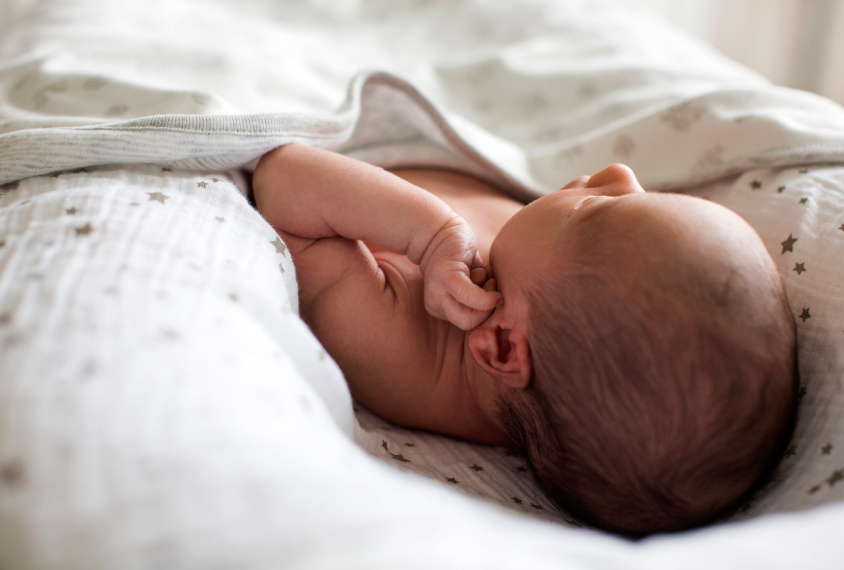
New technique details brainstem’s response to sounds
By revealing differences between autistic and non-autistic children, it could help identify autism in babies.
Mouse studies cast astrocytes as stars of sensory perception
Data from two separate research teams suggest the cells are key to sensory hypersensitivity in fragile X syndrome.
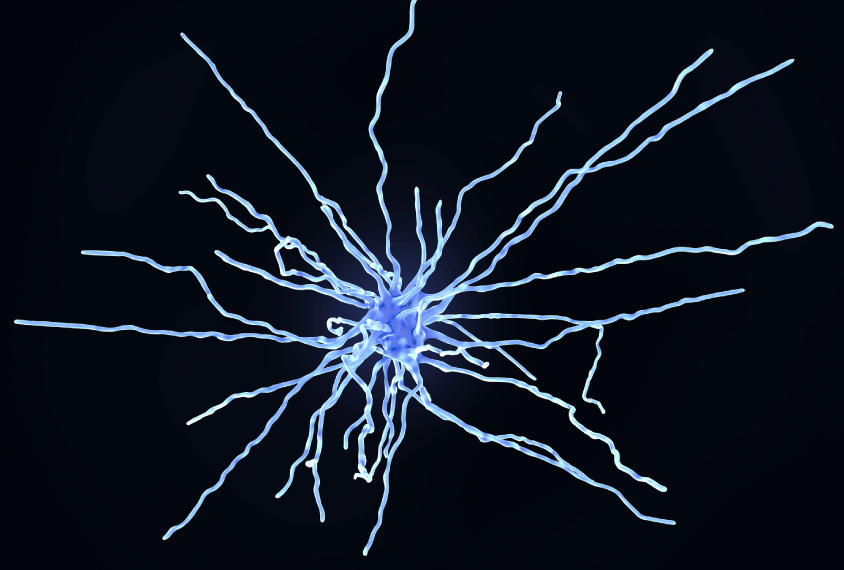
Mouse studies cast astrocytes as stars of sensory perception
Data from two separate research teams suggest the cells are key to sensory hypersensitivity in fragile X syndrome.
Auditory cortex may develop early in autism
A well-studied brain response to sound appears earlier than usual in young children with autism.
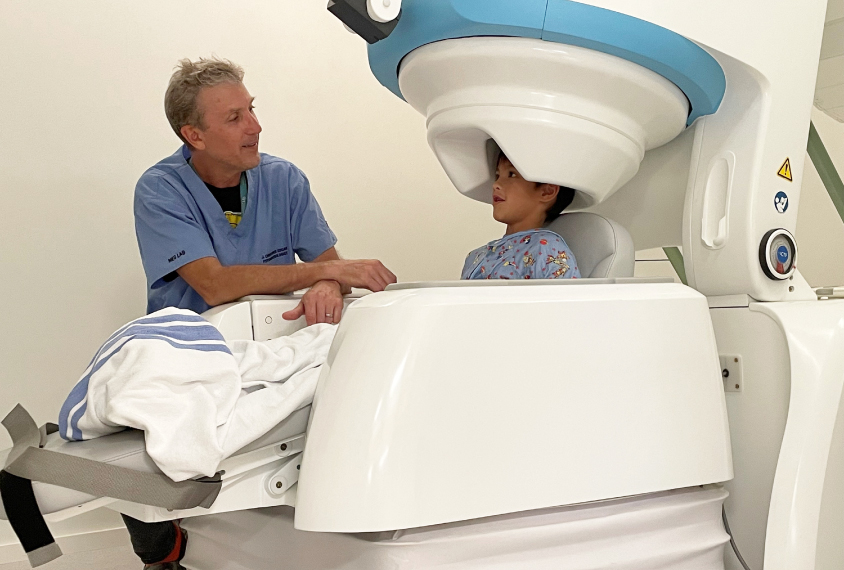
Auditory cortex may develop early in autism
A well-studied brain response to sound appears earlier than usual in young children with autism.
Top autism candidate gene tied to newly identified syndrome
Mutations in the autism-linked gene PAX5 underlie a range of traits, including developmental delay, intellectual disability, seizures and autism.
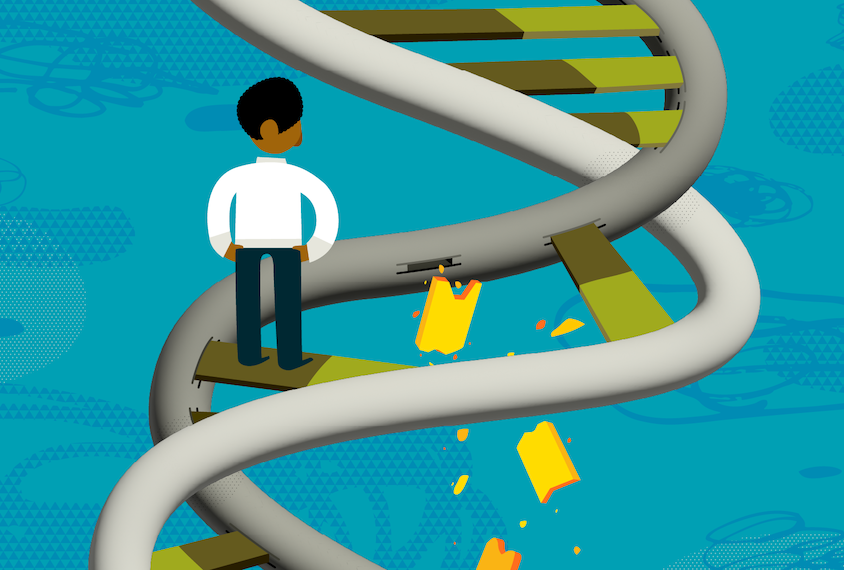
Top autism candidate gene tied to newly identified syndrome
Mutations in the autism-linked gene PAX5 underlie a range of traits, including developmental delay, intellectual disability, seizures and autism.
Loss of autism-linked gene alters synapse development in mice
Mice missing a copy of the gene ASH1L have excess synapses and autism-like behavioral differences, some of which are reversed by boosting an ASH1L-regulated gene.
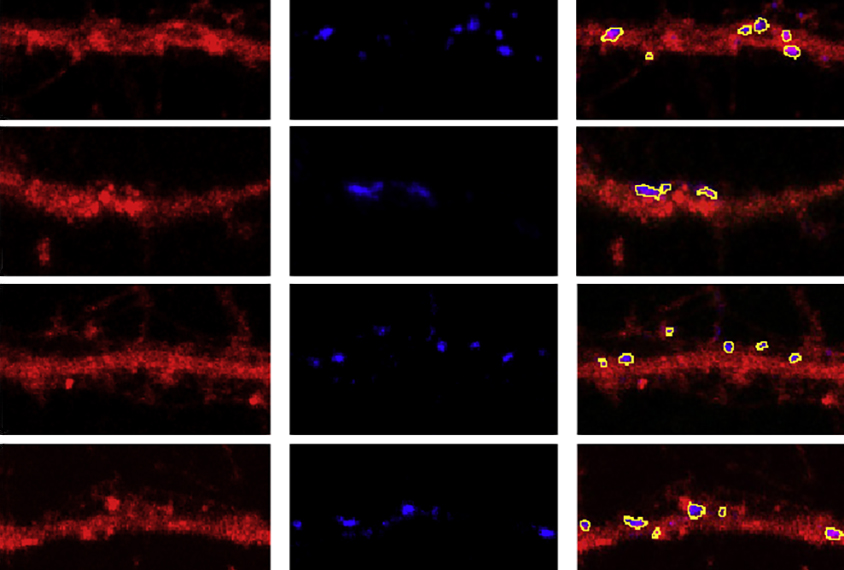
Loss of autism-linked gene alters synapse development in mice
Mice missing a copy of the gene ASH1L have excess synapses and autism-like behavioral differences, some of which are reversed by boosting an ASH1L-regulated gene.
Sensory issues linked to heart-rate differences in autistic youth
Autistic children with sensory issues show more intense physiological reactions to unpleasant sounds and other sensations than their non-autistic peers do, a new study shows.
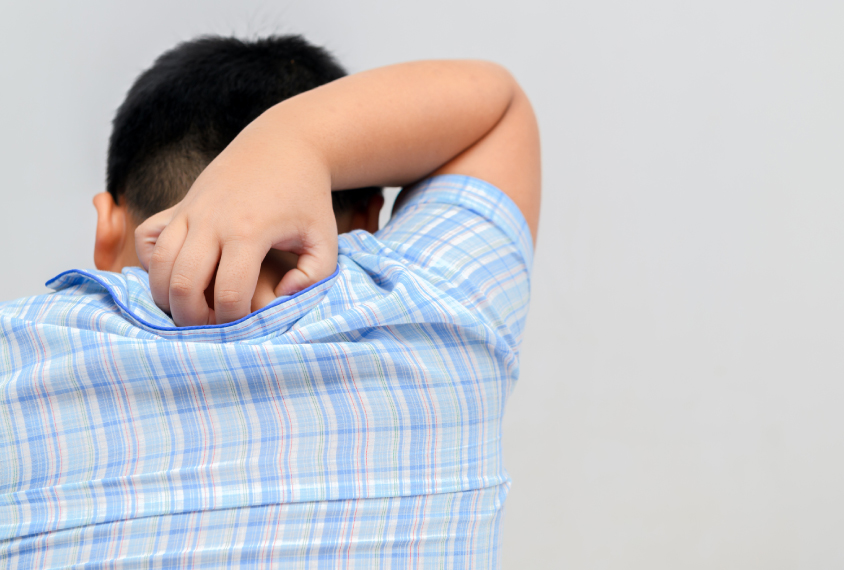
Sensory issues linked to heart-rate differences in autistic youth
Autistic children with sensory issues show more intense physiological reactions to unpleasant sounds and other sensations than their non-autistic peers do, a new study shows.
Malfunctioning neurons mute sound processing in mouse model of Rett syndrome
Female mice missing a copy of the autism-linked gene MECP2 in a specific set of inhibitory neurons have a hard time heeding pups’ calls and herding litters.

Malfunctioning neurons mute sound processing in mouse model of Rett syndrome
Female mice missing a copy of the autism-linked gene MECP2 in a specific set of inhibitory neurons have a hard time heeding pups’ calls and herding litters.
Infant hearing test might be sound predictor of autism
Babies who are later diagnosed with autism have a sluggish brain response to sound on a universal newborn hearing screen.
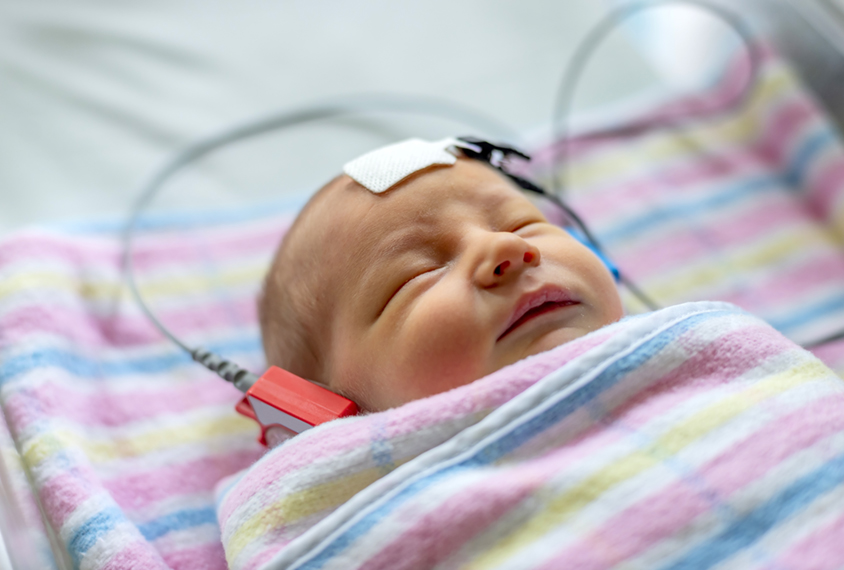
Infant hearing test might be sound predictor of autism
Babies who are later diagnosed with autism have a sluggish brain response to sound on a universal newborn hearing screen.
Autistic toddlers do not tune in to sounds with others
Unlike typical toddlers, those with autism tend not to share experiences involving sound — dancing to music with their parents, for example, or calling attention to the source of a sound.
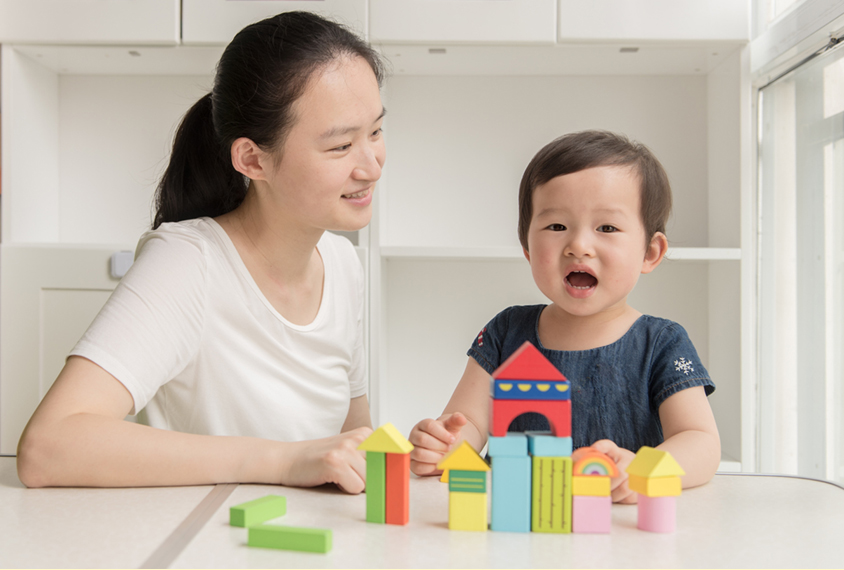
Autistic toddlers do not tune in to sounds with others
Unlike typical toddlers, those with autism tend not to share experiences involving sound — dancing to music with their parents, for example, or calling attention to the source of a sound.
Explore more from The Transmitter
As federal funders desert mentorship programs for marginalized students, trainee-led initiatives fill the gap
Grassroots organizations, led by graduate students and postdoctoral researchers, are stepping up to provide neuroscience career training and guidance for students from marginalized backgrounds—and they need your support.

As federal funders desert mentorship programs for marginalized students, trainee-led initiatives fill the gap
Grassroots organizations, led by graduate students and postdoctoral researchers, are stepping up to provide neuroscience career training and guidance for students from marginalized backgrounds—and they need your support.
Split gene therapy delivers promise in mice modeling Dravet syndrome
The new approach overcomes viral packaging limitations by delivering SCN1A piecemeal and stitching it together in target cells.

Split gene therapy delivers promise in mice modeling Dravet syndrome
The new approach overcomes viral packaging limitations by delivering SCN1A piecemeal and stitching it together in target cells.
U.S. human data repositories ‘under review’ for gender identity descriptors
Researchers associated with the repositories received an email from the U.S. National Institutes of Health in March noting that they must comply with a 20 January executive order from President Trump that recognizes only two sexes: male and female.

U.S. human data repositories ‘under review’ for gender identity descriptors
Researchers associated with the repositories received an email from the U.S. National Institutes of Health in March noting that they must comply with a 20 January executive order from President Trump that recognizes only two sexes: male and female.